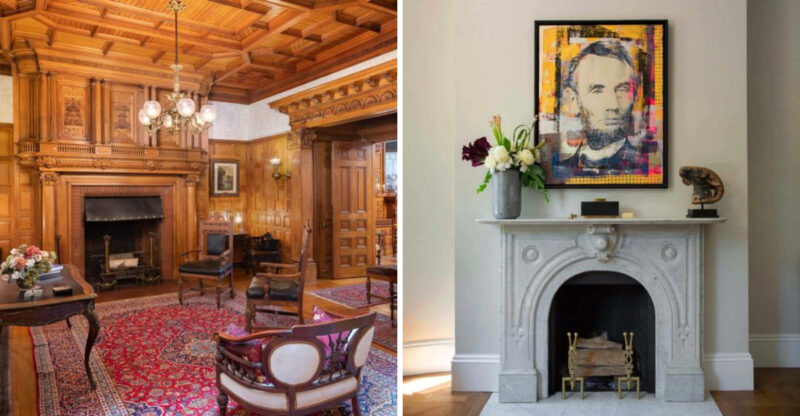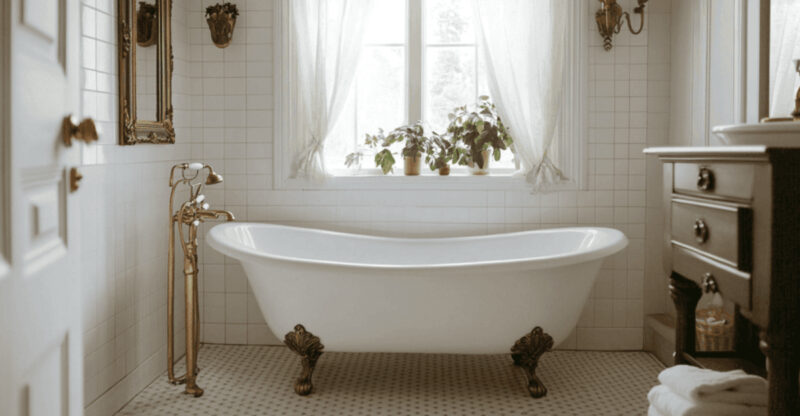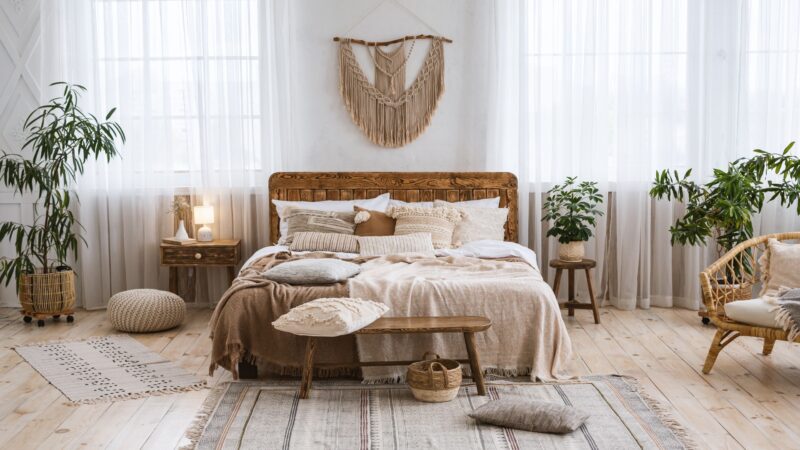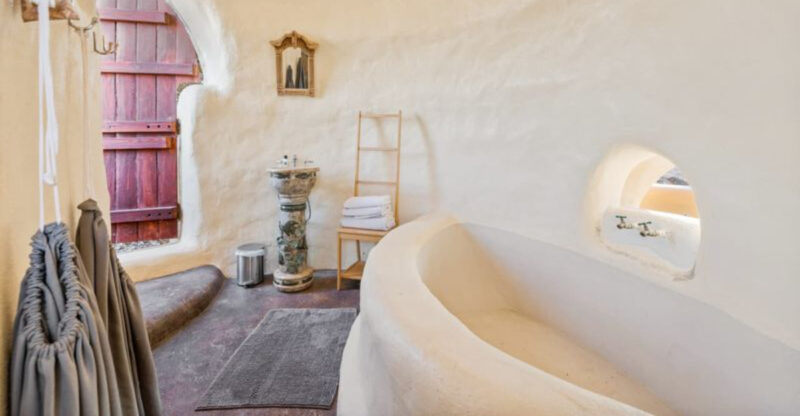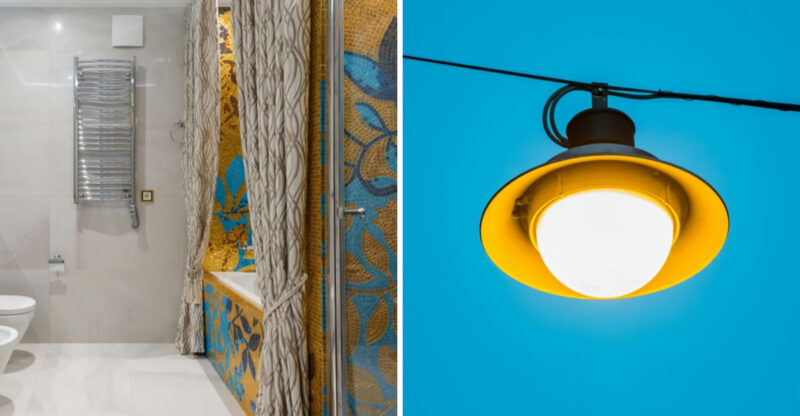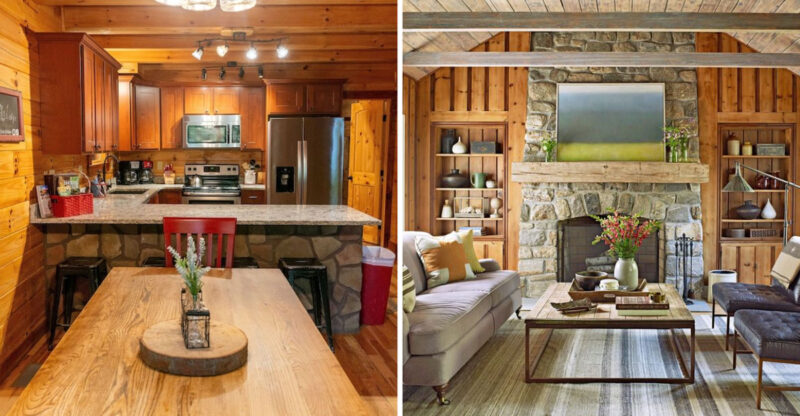5 Perspectives On Coordinating Throw Pillows And Rugs In Home Décor
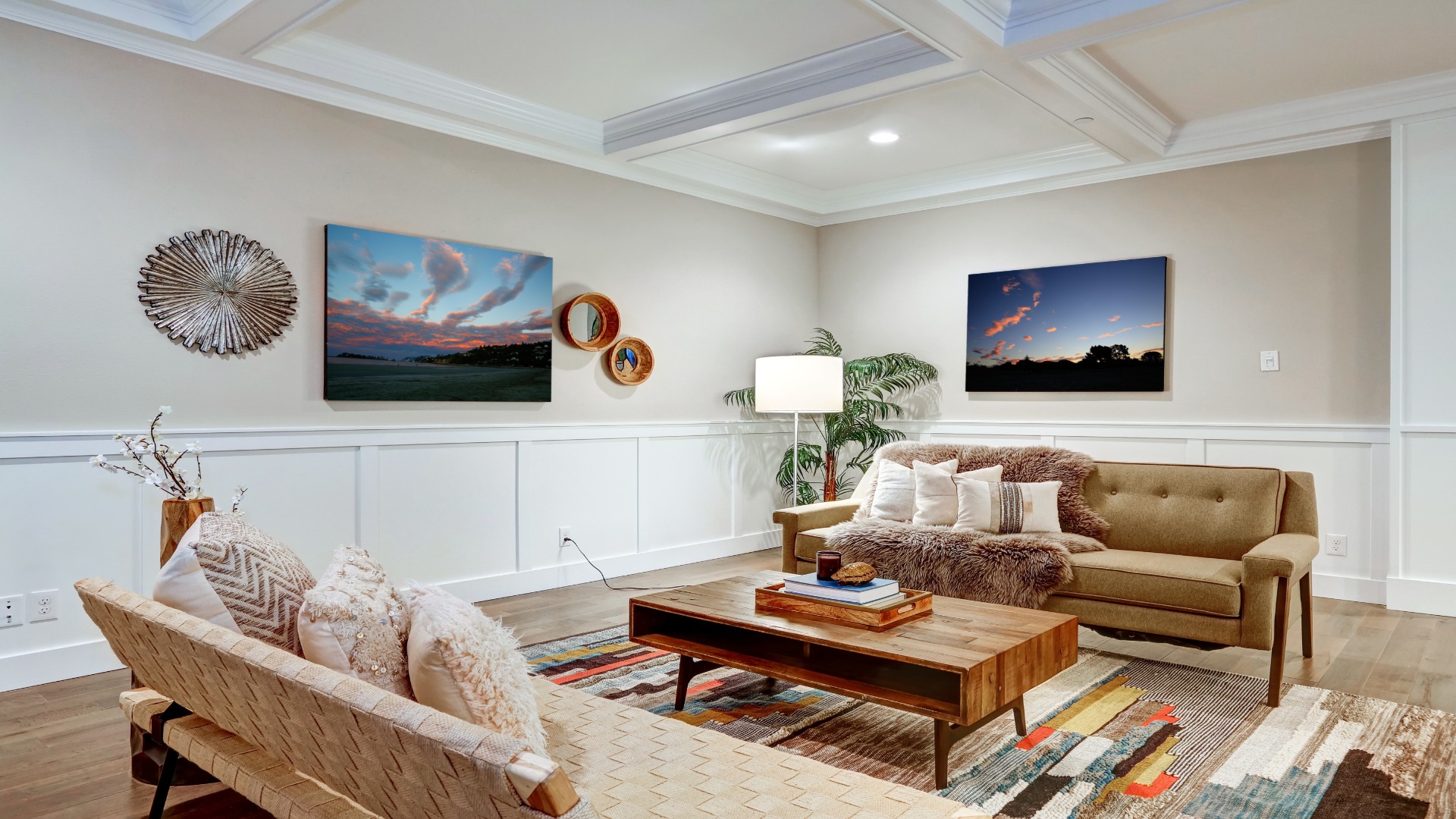
Throw pillows and rugs are the unsung heroes of interior design, transforming spaces from basic to breathtaking with minimal effort. These versatile elements add color, texture, and personality to any room while tying together your overall design scheme.
Learning how to approach this pairing can help you create more cohesive, stylish spaces that reflect your personal taste.
This article is for general informational purposes only. Design preferences, product availability, and costs may vary over time and by location. Always review materials and consult professionals before making significant home décor decisions.
1. Color Harmony And Contrast
You can start with a color story when pairing pillows and rugs. Rather than matching exactly, they recommend pulling one or two accent colors from your rug into your pillow selection.
This creates visual flow without appearing too coordinated or manufactured. For bolder statements, try complementary colors – opposites on the color wheel – like blue pillows against an orange-toned rug for a bold visual effect.
2. Mixing Patterns And Textures
Varying textures and patterns creates depth that flat-matching pieces simply can’t achieve. Try pairing a geometric rug with floral pillows, keeping them connected through a shared color palette.
Scale matters significantly in this approach. Balance large patterns with smaller ones, allowing each element breathing room. Introducing different textile textures – like nubby wool pillows against a sleek flat-weave rug – adds tactile interest that elevates the entire room.
3. Seasonal And Thematic Styling
Rotating pillow covers while keeping your foundation rug consistent offers budget-friendly seasonal refreshes. Soft velvets and deep jewel tones in winter can transition to lightweight linens and brighter hues for summer.
This approach allows your space to evolve throughout the year without major investments. Consider thematic color stories – coastal blues, autumnal ambers, or spring pastels – that complement your permanent rug while reflecting the changing seasons.
4. Balancing Scale And Proportion
The size relationship between pillows and rugs dramatically impacts visual harmony. Some suggest larger pillows (24-inch) for spacious sectionals atop oversized rugs, while daintier furniture calls for smaller pillows and appropriately scaled rugs.
Proportion extends to pattern scale too. A rug with large motifs pairs beautifully with some pillows featuring similar-sized patterns and others with smaller, more intricate designs. This creates a visual relationship between floor and seating elements.
5. Layering For Depth And Dimension
Some designs incorporate multiple rugs and pillows for added dimension. Layer smaller accent rugs atop larger base rugs, creating zones within a room.
Similarly, they arrange pillows in graduated sizes and varied shapes – square, lumbar, bolster – creating dimensional interest. This approach transforms flat surfaces into sculptural arrangements. The key lies in maintaining a thoughtful color story that connects these layered elements while allowing each piece to shine.

